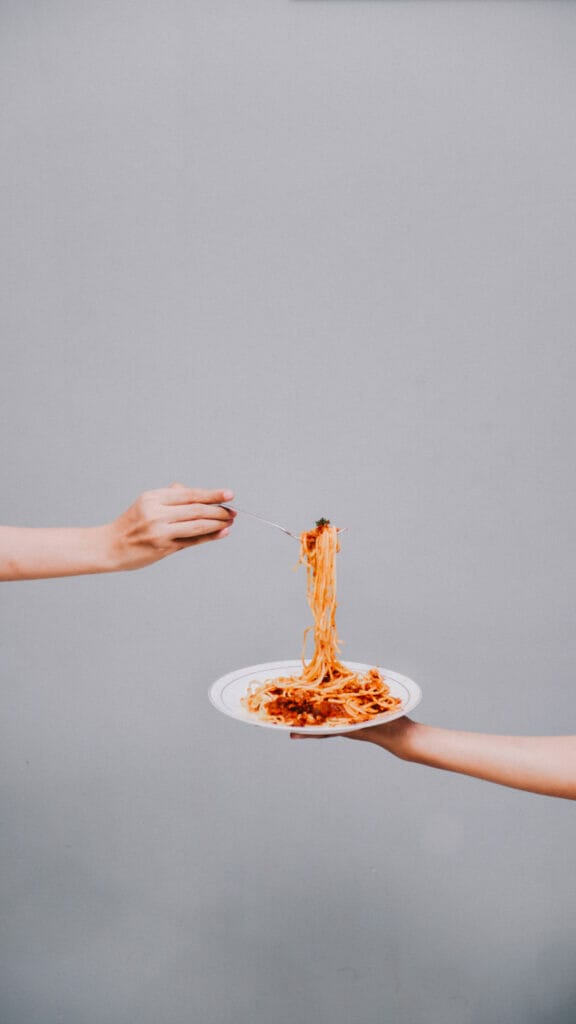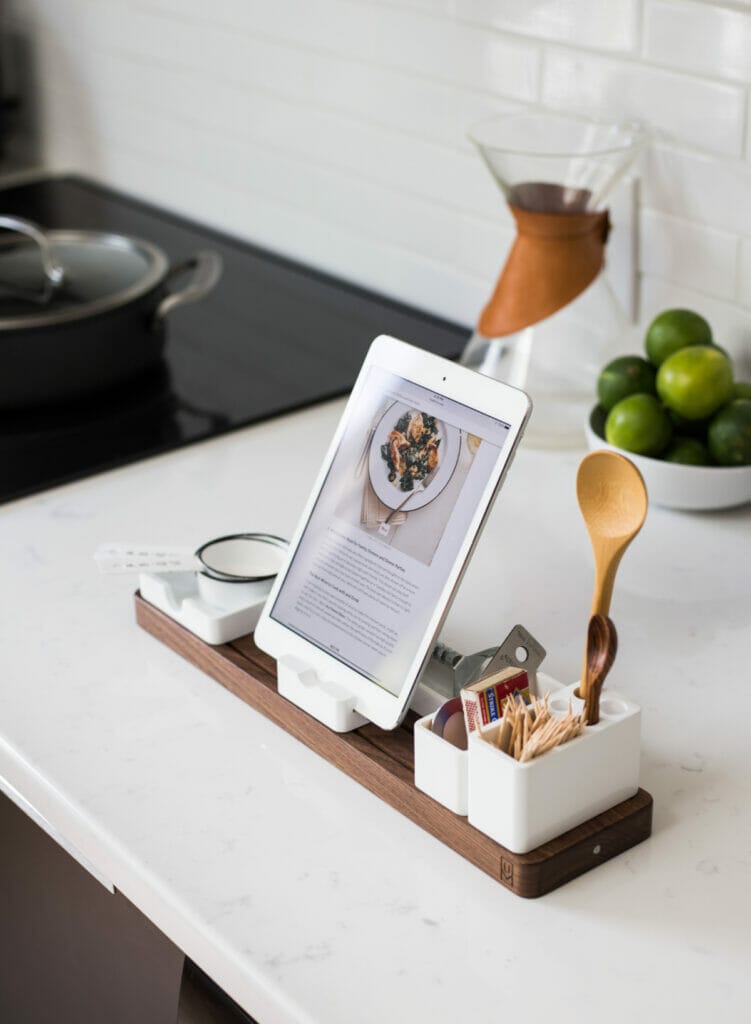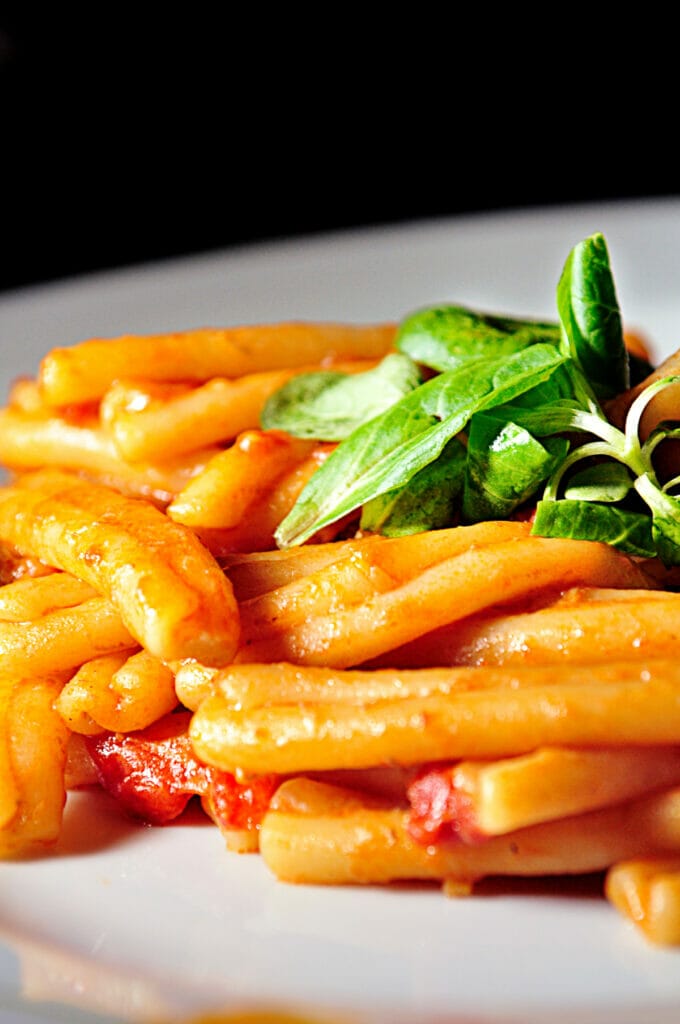Perhaps you’ve seen people test the doneness of their pasta by throwing it against a wall. Most likely, you’ve heard of this trick, either because you’ve used it yourself or because you’ve enjoyed watching others use it. Unfortunately, its all wrong. Rachael Ray claims that this method is completely false and that pasta only becomes starchier and stickier as it cooks. Therefore, pasta that adheres to the wall is unquestionably overcooked.
A properly cooked pasta should have an al dente, or “to the tooth,” texture. That implies that there is some resistance present when you bite into the pasta. This means that even though you can always remove pieces of pasta from the boiling, well-seasoned water to check the texture, you’ll need to keep trying them until you decide the pasta is just right.
But if you know what to look for in al dente pasta, you can save yourself some time (and at least a few bites into undercooked food). Though it won’t happen nearly as frequently and you won’t be hurling a handful of noodles at your kitchen wall, you will still need to taste the pasta to ensure it has reached the proper texture.
How to Tell if Pasta is Done: the Methods
There are two main ways to determine when pasta is done.

The taste test should generally be used, even if you microwaved your pasta.
The only time you shouldn’t is if you are actually preparing the pasta for someone else and are unable to consume it due to dietary restrictions.
The best way to determine when pasta is finished is to remove a strand and eat it.
You should basically dip a fork or spoon into the boiling water, remove one or two pieces of pasta, and try them. We’ll talk more about what you should be trying to get a taste for shortly.
When you remove them, they will be extremely hot; therefore, wait a moment for them to cool on a plate or paper towel before eating.

The “fork test” can give you a good idea if you are physically unable to eat the pasta and no one is available to taste test it for you. ”.
To feel the texture of the pasta using utensils and see how it appears to the eye, spear a piece of pasta with the fork or pull up a few strands of spaghetti.
You can tell by how the spaghetti flops (or doesn’t) and how easily the fork pierces the pasta.
If Pasta Sticks to the Wall, is it Done?
The story of the pasta that stuck to the wall is an old wives’ tale.
Technically speaking, yes, that would indicate completion, but it could also indicate overcompensation!
Do not throw pasta at your walls, people.
What Does Cooked Pasta Taste/Feel Like?
Okay, so how do you actually know when the cooked pasta is done, regardless of whether you use the fork test or the taste test?
First, the general rule for pasta is that if you bite into it or put your fork into it and it actually crunches, it’s not done yet. This applies whether you prefer your pasta “al dente” (firm to the bite and chewy) or more overcooked (less “bite” to it and much softer).
Al dente refers to a very slight “bite,” so if you feel like you’re chewing on a candy bar, you need to keep the water boiling.
When you bite into al dente pasta, it won’t feel like it’s melting in your mouth but rather like you can chew it up, and you might feel a tiny bit of “bite” as you bite through some firmness.

Although it holds its shape well, spaghetti should still be floppy despite being firm.
When you bite through the pasta, there should be no resistance at all, and it should have begun to soften from firm to soft if you prefer your pasta a little more overdone and past al dente.
You should be able to fully insert a fork into the pasta when using the “fork test,” but if you prefer your pasta “al dente,” you should feel some firmness instead (NOT actual hardness or uncooked bits).
If you prefer it more cooked, you’ll want the fork to easily spear through it.
You can also look at the pasta visually.
Naturally, uncooked pasta is much more fragile and smaller than when it absorbs water during cooking.

Continue cooking even if your pasta’s middle appears more brittle and darker yellow in the middle but is floppy and light yellow at the ends.
Once you reach about 8 minutes, you should continue checking to see if your pasta is done approximately once per minute.
Note: Fresh pasta will float to the top of the boiling water when it is finished cooking; find out more about fresh pasta cooking times here.
FAQ
How do you tell if noodles are over or undercooked?
Pasta that is crunchy and hard is typically a sign that you haven’t cooked it for long enough, while pasta that is soft and mushy is typically a sign that you have. Pasta that has been cooked to perfection typically has a firm outside and a tender interior.
How long do noodles take to cook?
The majority of dried pasta ribbons, including linguine, spaghetti, and tagliatelle, require 8 to 10 minutes to cook. Fresh pasta varieties like ravioli and tortellini take between 3 and 5 minutes to cook, while shorter, thicker pasta shapes like bows or penne take 10 to 12 minutes.
Can you tell if a noodle is done by throwing it at a wall?
No, according to Senior Culinary Producer Jeanette Donnarumma, “It’s a big myth.” Undercooked, overcooked, and perfectly cooked pasta, according to Jeanette, will all stick to the wall.
Do noodles float when done?
Fresh pasta only needs two or three minutes to cook, at most, as opposed to dried pasta. Save it until everything has dried down because it’s more difficult to cook than dried. When ready, stuffed pasta like ravioli will float to the top. Don’t add oil to the pasta water.